The Labor Department job's report came in above expectations with nonfarm payrolls rising by 216,000 last month. The economy is now growing and several Fed Presidents have come out and indicated that they believe interest rates may need to go up before the end of the year.
Private sector employers added 230,000 jobs in March. Job gains occurred in professional and business services, health care, leisure and hospitality, and mining. Employment in manufacturing also continued to trend up.
Local governments are headed in the opposite direction. Employment in local government continued to trend down over the month. Local government has lost 416,000 jobs since an employment peak in September 2008.
All of these job gains have helped lower the unemployment rate to 8.8%, down from the 10.6% high in January 2010.
The strong jobs report along with a strong manufacturing index score (manufacturing in March 2011 expanded at close to a 7-year high) have led many to believe that future rate hikes are coming.
Phildelphia Federal Reserve Bank President Charles Plosser said the following today about rates: "In my mind it is definitely on the table, but it will depend in my view how things play out over the next few months." Plossner is a voting member of the Fed's policy setting committee that determines the Fed Funds rate. Plosser is known as an inflation hawk.
Narayana Kocherlakota, President of the Federal Reserve Bank of Minneapolis and a voting member of the Federal Open Market Committee told the Wall Street Journal that rate hikes by half a percentage point or more by the end of the year are certainly possible.
This is not a unanimous Fed view. Federal Reserve Bank of New York President William Dudley called the recovery tenuous and indicated that more growth was needed before any changes were made in monetary policy.
These mixed messages may indeed be part of the Fed policy to keep inflation expectations low. Keep rates low but let the market know that future rates will come when growth picks up. Different members voicing different opinions speaks to both sides of the coin.
The chart below uses Federal Funds futures to predict what the Fed will do with rates at the August FOMC meeting. As the graph shows, right now, futures are gving an almost 100% implied probability that rates will stay between 0-.25%. So, short term, markets do not see a change. We'll continue to update this data.

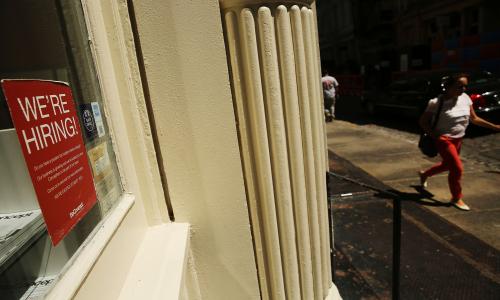


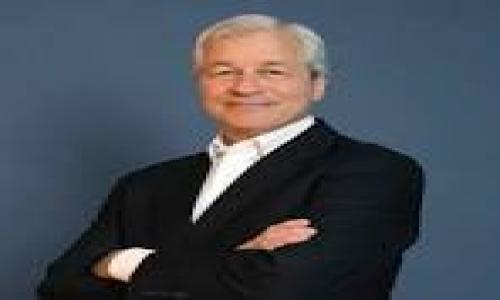


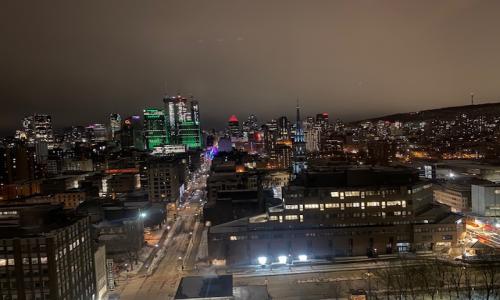
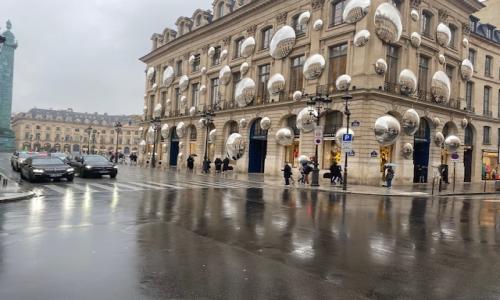

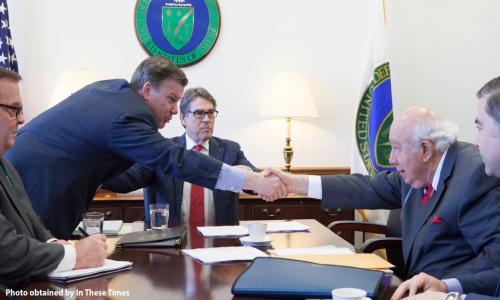
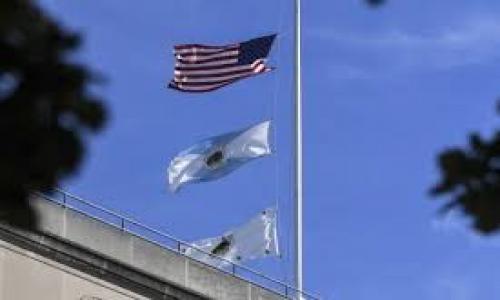
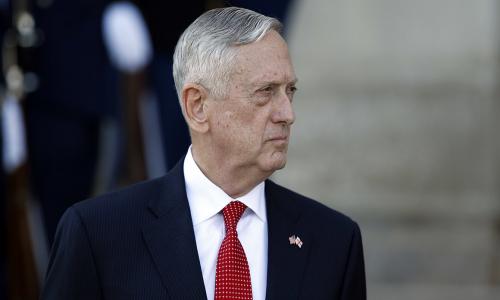
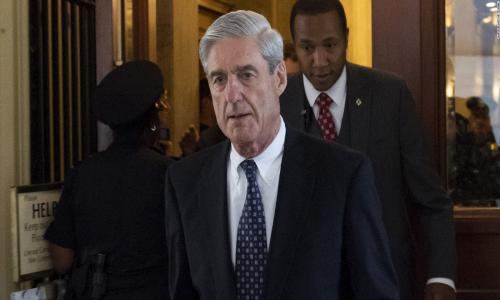
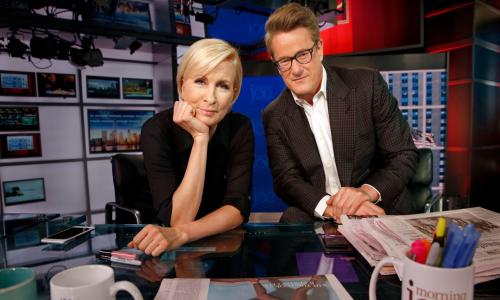
Add your Comment
use your Google account
or use your BestCashCow account